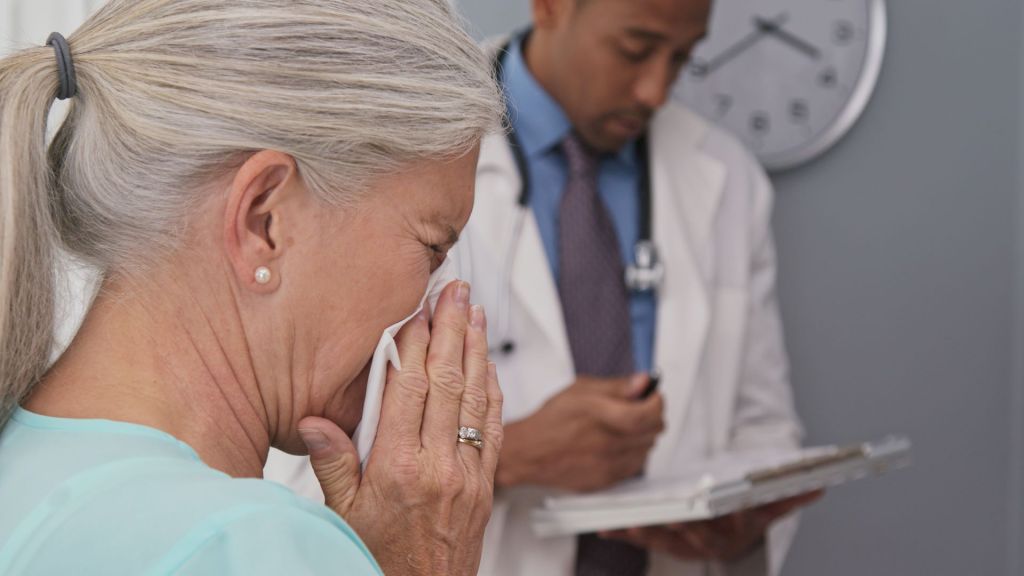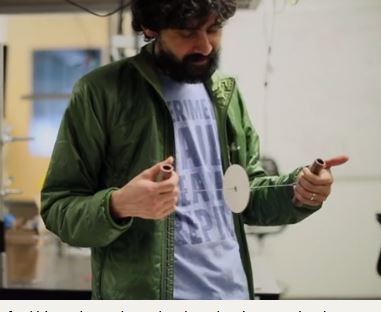Resident Health and Safety
Multifamily Resources
From stomach bugs to the flu, viral outbreaks are a regular occurrence anywhere where community exists. When it comes to a new risk, such as COVID-19, property managers may feel that you are facing unknown terrain. Fortunately, a new release from the Center for Disease Control (CDC) sheds light on how to best care for […]


